Understanding Visceral Fat: The Hidden Danger Within
In the pursuit of a healthy lifestyle, we often focus on shedding excess body fat for aesthetic reasons. However, there's a type of fat that poses a more significant threat—one that isn't as visible but can have far-reaching consequences for our health. This stealthy enemy is visceral fat, and it's time to understand its dangers and take steps to manage it.
What Is Visceral Fat?
Body fat isn't just a passive storage system; it's an active tissue with various types and functions. One type of fat that deserves our attention is visceral fat. Unlike subcutaneous fat that lies just beneath the skin, visceral fat settles deep within the abdominal cavity, surrounding vital organs like the liver, pancreas, and intestines. While some level of visceral fat is normal, excess accumulation can spell trouble
Unveiling the Culprits to Visceral Fat Accumulation
Understanding the factors that contribute to the
accumulation of visceral fat is essential for effectively managing its
presence. While genetics can play a role in determining where fat is stored,
lifestyle choices also significantly impact visceral fat buildup.
1. Unhealthy Diet Choices
Consuming a diet high in processed foods, sugary snacks, and
sugary beverages can lead to excess visceral fat. These foods are often loaded
with refined sugars, unhealthy fats, and additives that contribute to weight
gain and fat storage. Trans fats, commonly found in fried foods and baked
goods, are particularly notorious for promoting visceral fat buildup.
2. Sedentary Lifestyle
Leading a sedentary lifestyle can contribute to visceral fat
accumulation. When we spend long periods sitting or engaging in minimal
physical activity, our bodies burn fewer calories, and excess energy can be
stored as fat—especially around the abdominal area.
3. Insulin Resistance
Insulin resistance, a condition in which the body's cells become less responsive to insulin, can lead to visceral fat accumulation. As insulin struggles to regulate blood sugar levels, the body may store excess glucose as fat, particularly in the abdominal region. This contributes to the cycle of weight gain and further insulin resistance.
4. Hormonal Changes
Hormonal changes that occur with age can also influence visceral fat distribution. For example, during menopause, hormonal shifts can lead to an increase in visceral fat, even if overall weight remains stable. Hormones like cortisol, often referred to as the "stress hormone," can promote fat storage in the abdominal area when chronically elevated due to stress.
5. Lack of Sleep
Poor sleep quality and inadequate sleep duration can disrupt
hormonal balance and contribute to visceral fat accumulation. Sleep deprivation
can lead to hormonal changes that increase appetite, especially for unhealthy,
high-calorie foods. It also affects insulin sensitivity, potentially leading to
fat storage around the abdomen.
6. Chronic Stress
Stress triggers the release of cortisol, a hormone that
prepares the body for the "fight or flight" response. While this is
useful in short bursts, chronic stress can lead to prolonged elevated cortisol
levels, promoting fat storage—especially visceral fat. Stress management
techniques, such as meditation and relaxation, can help mitigate this impact.
The Dangers of Excess Visceral Fat
While we often associate excess body fat with cosmetic
concerns, the story is much deeper when it comes to visceral fat that is hidden
from view. This deep-seated fat isn't just a passive bystander; it's an active
player in our health, and its accumulation can lead to a cascade of health
issues.
Let's explore what happens to the body when visceral fat starts to build up.
1. Increased Risk of Chronic Diseases
One of the most significant dangers of excess visceral fat
lies in its link to chronic diseases. As visceral fat releases inflammatory
substances called cytokines, it triggers a state of chronic low-grade
inflammation in the body. This inflammation contributes to the development of
chronic diseases such as heart disease, type 2 diabetes, and certain cancers.
The inflammation disrupts the body's delicate balance, damaging cells and
tissues over time.
2. Insulin Resistance and Type 2 Diabetes
Excess visceral fat is a key player in the development of
insulin resistance. The inflammatory substances released by visceral fat
interfere with insulin's ability to regulate blood sugar levels effectively. As
a result, the body's cells become less responsive to insulin, leading to
elevated blood sugar levels. Over time, insulin resistance can progress to type
2 diabetes—a condition characterized by chronically high blood sugar levels.
3. Metabolic Syndrome
Visceral fat is a central component of metabolic syndrome, a
cluster of conditions that increase the risk of heart disease, stroke, and type
2 diabetes. These conditions include elevated blood pressure, high blood sugar
levels, abnormal cholesterol levels, and excess abdominal fat. The presence of
metabolic syndrome underscores the interconnectedness of visceral fat with
various health issues.
The inflammation triggered by visceral fat can directly
impact heart health. Chronic inflammation can damage blood vessels, promote the
formation of arterial plaques, and increase the risk of atherosclerosis—the
narrowing of arteries due to plaque buildup. This compromises blood flow and
increases the risk of heart attacks and strokes.
5. Hormonal Imbalances
Excess visceral fat can disrupt hormonal balance, leading to
hormonal imbalances that contribute to further fat accumulation. Hormones
related to appetite, metabolism, and insulin sensitivity may become
dysregulated, creating a vicious cycle of weight gain and visceral fat buildup.
6. Compromised Organ Function
As visceral fat accumulates around vital organs like the
liver and pancreas, it can interfere with their proper functioning. This can
contribute to conditions such as non-alcoholic fatty liver disease (NAFLD) and
may impact the pancreas's ability to produce insulin effectively.
7. Breathing Difficulties
Visceral fat's impact isn't limited to internal organs; it can also affect the respiratory system. Excess abdominal fat can compress the lungs and diaphragm, making breathing more challenging. This can lead to sleep apnea—a condition where breathing pauses during sleep due to airway obstruction.
8. Cognitive Function
Recent research suggests a link between visceral fat and
cognitive decline. The chronic inflammation associated with excess visceral fat
may contribute to cognitive impairment and an increased risk of conditions like
dementia and Alzheimer's disease.
Understanding these consequences of excess visceral fat underscores the urgency of addressing its accumulation.
Measuring Visceral Fat: Understanding Waist Circumference and BMI
To gauge visceral fat, you don't need a fancy gadget. Simply measuring your waist circumference can provide valuable insights.
A waist circumference exceeding 35 inches for women and 40 inches for men indicates an increased risk of visceral fat-related health issues. However, relying solely on the Body Mass Index (BMI) may not give the full picture, as it doesn't distinguish between fat types. Combining waist circumference with BMI offers a more holistic assessment.
Strategies to Reduce Visceral Fat: Taking Control of Your Health
Combatting visceral fat requires a comprehensive approach that addresses lifestyle factors contributing to its accumulation. By adopting a combination of healthy habits, you can effectively reduce visceral fat and lower the associated health risks. Let's delve into actionable strategies that can help you take control of your health and well-being.
1. Regular Physical Activity
Physical activity is a powerful tool for reducing visceral
fat. Both aerobic exercises and strength training play pivotal roles in
managing body fat. Engaging in activities that elevate your heart rate, such as
brisk walking, jogging, cycling, or swimming, helps burn calories and improve
overall metabolic rate. Strength training, including weight lifting or
bodyweight exercises, builds muscle mass and boosts metabolism, which can lead
to more efficient fat burning.
2. Balanced Diet
Transforming your eating habits is crucial in the fight
against visceral fat. Prioritize a diet rich in whole foods, including
vegetables, fruits, lean proteins, whole grains, and healthy fats. Limit or
eliminate sugary snacks, processed foods, and sugary beverages that contribute
to visceral fat accumulation. Pay attention to portion sizes and practice
mindful eating to avoid overeating.
3. Mindful Eating
Mindful eating involves being present and attentive during
meals. By slowing down and savoring each bite, you become more attuned to your
body's hunger and fullness cues. This practice can prevent overeating and
support weight management. Focus on eating whole, nutrient-dense foods that
satisfy your body's nutritional needs.
4. Reduce Stress
Chronic stress triggers the release of cortisol—a hormone
associated with visceral fat accumulation. Incorporate stress-reduction
techniques into your routine, such as meditation, deep breathing exercises,
yoga, or spending time in nature. Finding healthy outlets for stress can help
prevent the negative impact of cortisol on fat storage.
5. Prioritize Sleep
Quality sleep is essential for managing visceral fat. Aim
for 7-9 hours of uninterrupted sleep per night. Poor sleep disrupts hormonal
balance, increasing appetite and promoting fat storage. Establish a sleep
routine that includes a relaxing bedtime ritual, a comfortable sleep
environment, and consistent sleep and wake times.
6. Stay Hydrated
Hydration plays a role in supporting weight management and
overall health. Drinking adequate water helps regulate appetite, aids
digestion, and supports metabolic processes. Opt for water as your primary
beverage and limit sugary drinks and excessive caffeine intake.
7. Limit Alcohol Consumption
Excessive alcohol consumption can contribute to visceral fat
accumulation. Alcohol is high in empty calories and can disrupt hormonal
balance. If you choose to drink, do so in moderation and consider opting for
lower-calorie options.
8. Mind-Body Practices
Incorporate mind-body practices such as yoga, tai chi, or
Pilates into your routine. These practices not only provide physical benefits
but also promote relaxation and mindfulness, helping manage stress and cortisol
levels.
9. Monitor Progress
Regularly track your progress to stay motivated and make
adjustments as needed. Keep a journal of your physical activity, diet, and
other healthy habits. Celebrate small victories and use setbacks as learning
opportunities to refine your approach.
Remember, adopting these strategies requires commitment and
consistency.. By making gradual, sustainable changes to your habits, you can
take meaningful steps toward reducing visceral fat, improving overall health,
and enhancing your quality of life.
Diet Program to reduce visceral Fat
While there isn't a specific "magic" diet program that exclusively targets visceral fat, certain dietary approaches have been shown to be effective in reducing overall body fat, including visceral fat. These approaches emphasize balanced and nutrient-rich eating patterns that support overall health and weight management.
Here are a few dietary strategies that can help tackle visceral fat.
1. Mediterranean Diet
The Mediterranean diet is renowned for its health benefits,
including its potential to reduce visceral fat. This diet emphasizes whole
foods, including vegetables, fruits, whole grains, lean proteins (such as fish
and poultry), nuts, seeds, and healthy fats (such as olive oil). The diet is
rich in antioxidants, fiber, and monounsaturated fats, which can help improve
insulin sensitivity and reduce inflammation associated with visceral fat
accumulation.
2. DASH Diet
The Dietary Approaches to Stop Hypertension (DASH) diet
focuses on lowering blood pressure while promoting overall health. It
emphasizes fruits, vegetables, whole grains, lean proteins, and low-fat dairy
products. The DASH diet's emphasis on whole foods and reduced sodium intake can
contribute to weight loss and reduction of visceral fat.
3. Low-Carb Diets
Low-carbohydrate diets, such as the ketogenic diet or Atkins diet, restrict carbohydrate intake and encourage the consumption of protein and healthy fats. These diets can lead to weight loss, including a reduction in visceral fat. However, it's important to choose nutrient-dense sources of fats and proteins and to consult with a healthcare professional before starting a low-carb diet.
4. Plant-Based Diet
A plant-based diet focuses on whole plant foods, such as vegetables, fruits, legumes, nuts, seeds, and whole grains. Plant-based diets are naturally lower in saturated fats and can lead to weight loss and improved insulin sensitivity. Plant-based diets are associated with lower levels of visceral fat and a reduced risk of chronic diseases.
5. Portion Control and Caloric Balance
Regardless of the specific dietary approach you choose,
portion control and caloric balance are key. Consuming more calories than your
body needs can lead to weight gain and visceral fat accumulation. Pay attention
to portion sizes, practice mindful eating, and aim for a balance between the
calories you consume and the calories you burn through physical activity.
Remember that individual responses to different diets can vary, and what works best for one person might not be ideal for another. It's essential to choose a dietary approach that you can maintain long-term and to consult with healthcare professionals or registered dietitians before making significant changes to your diet. A well-rounded approach that includes a combination of healthy eating, regular physical activity, stress management, and sufficient sleep is the most effective strategy for tackling visceral fat and promoting overall well-being.
Conclusion: Taking Control of Your Health
In our quest for vitality and longevity, we mustn't
underestimate the importance of managing visceral fat. It's more than just a
cosmetic concern; it's a potential health time bomb. By becoming aware of the
risks, measuring your waist circumference, and adopting a healthy lifestyle,
you're taking proactive steps toward a healthier future. Small changes can make
a big difference—don't let this hidden danger compromise your well-being. Take control
of your health, and let your body thank you for years to come.

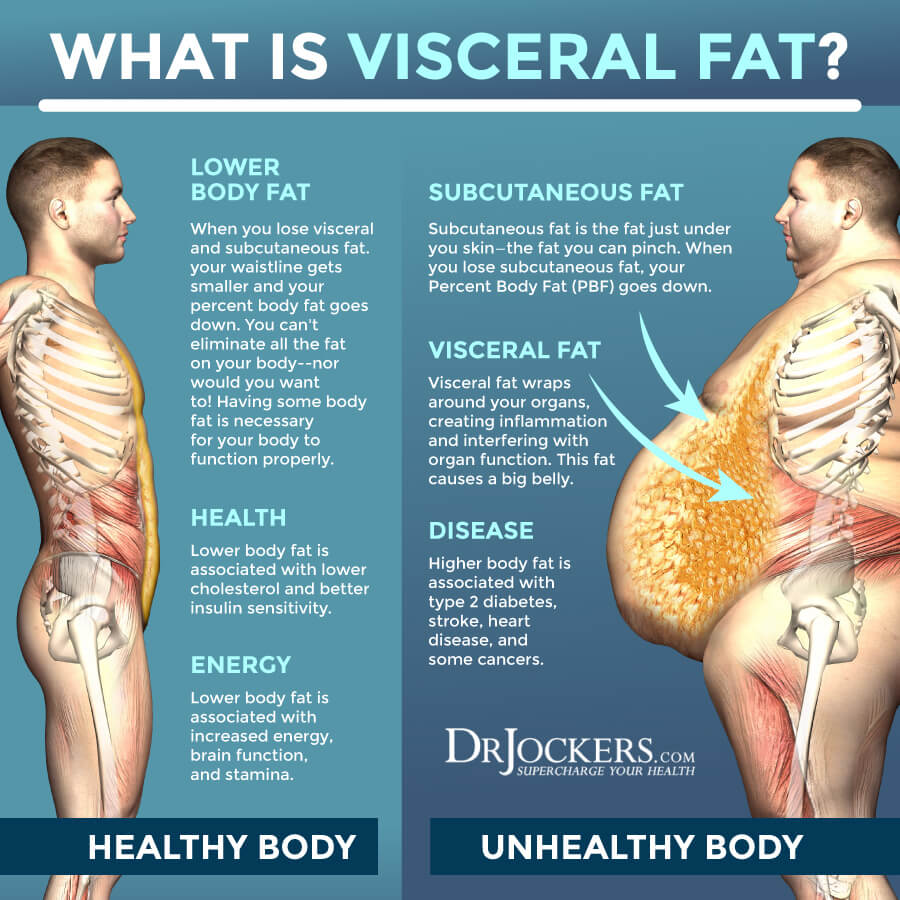











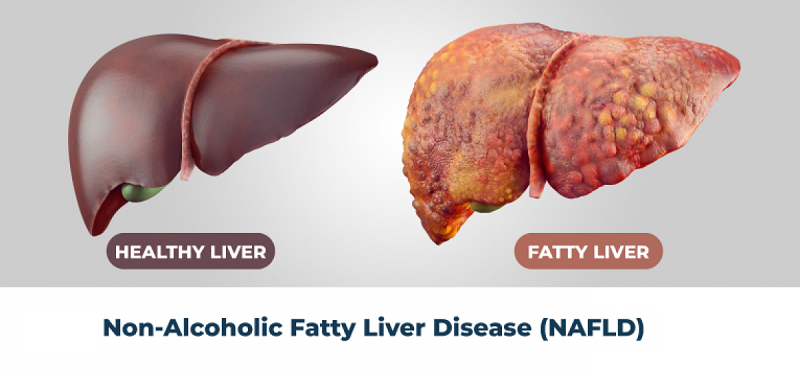


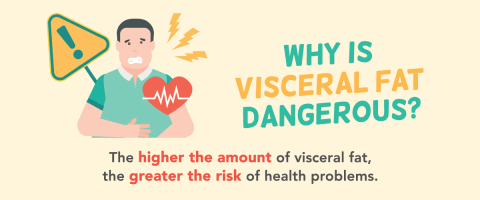


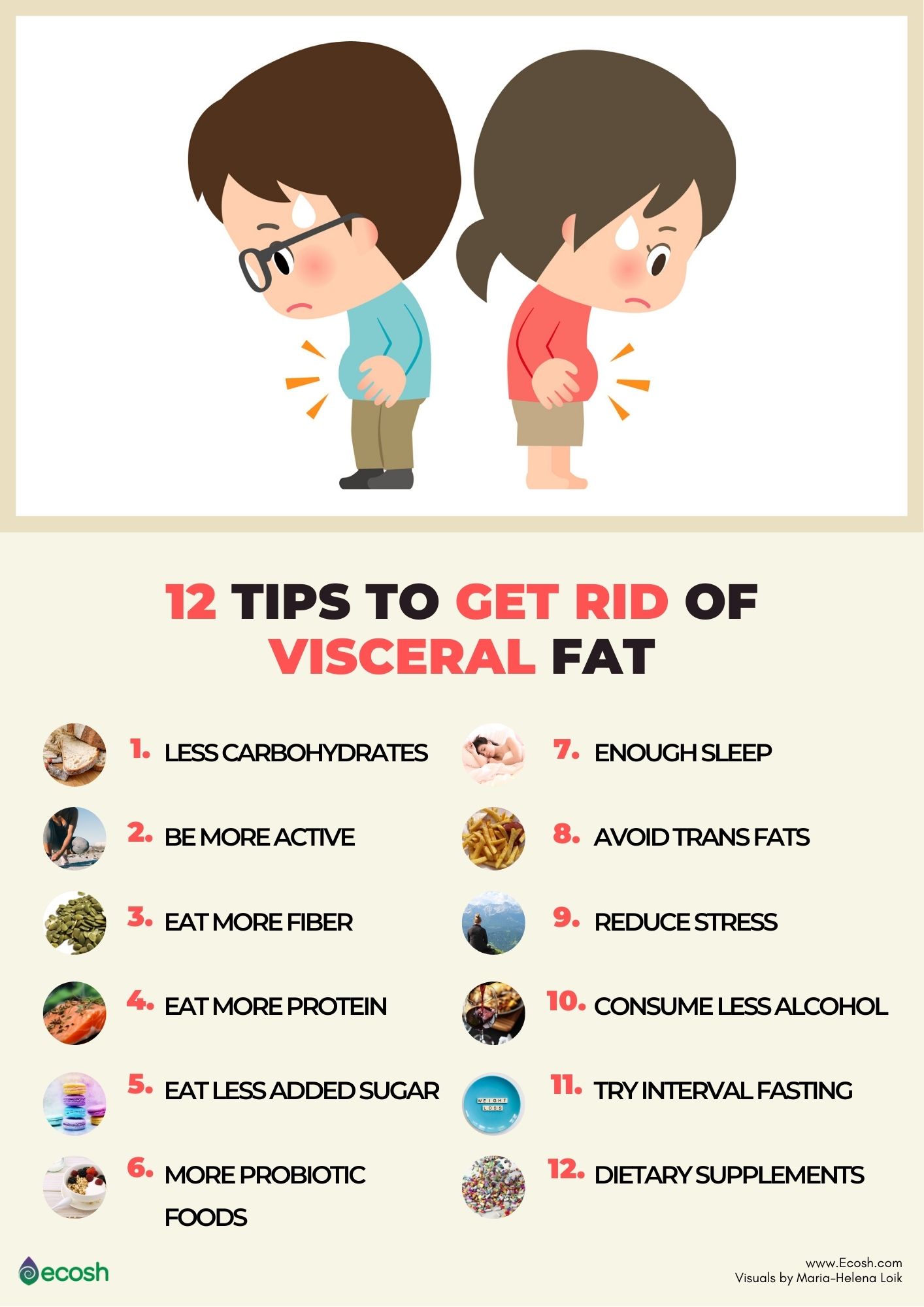


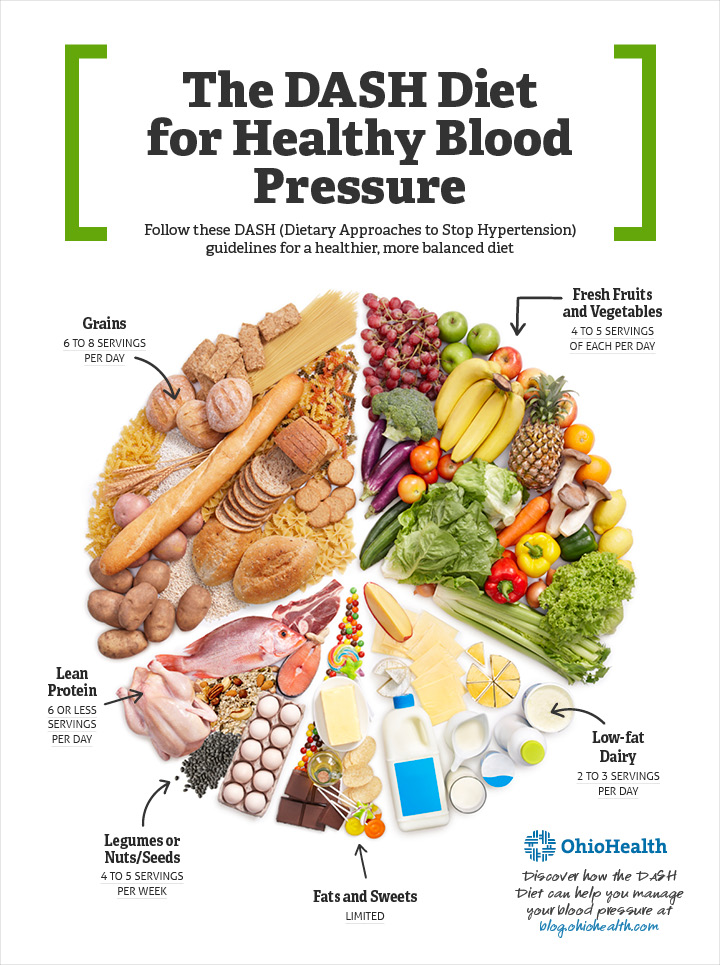
:no_upscale()/cdn.vox-cdn.com/uploads/chorus_asset/file/6751989/menuv.0.jpg)

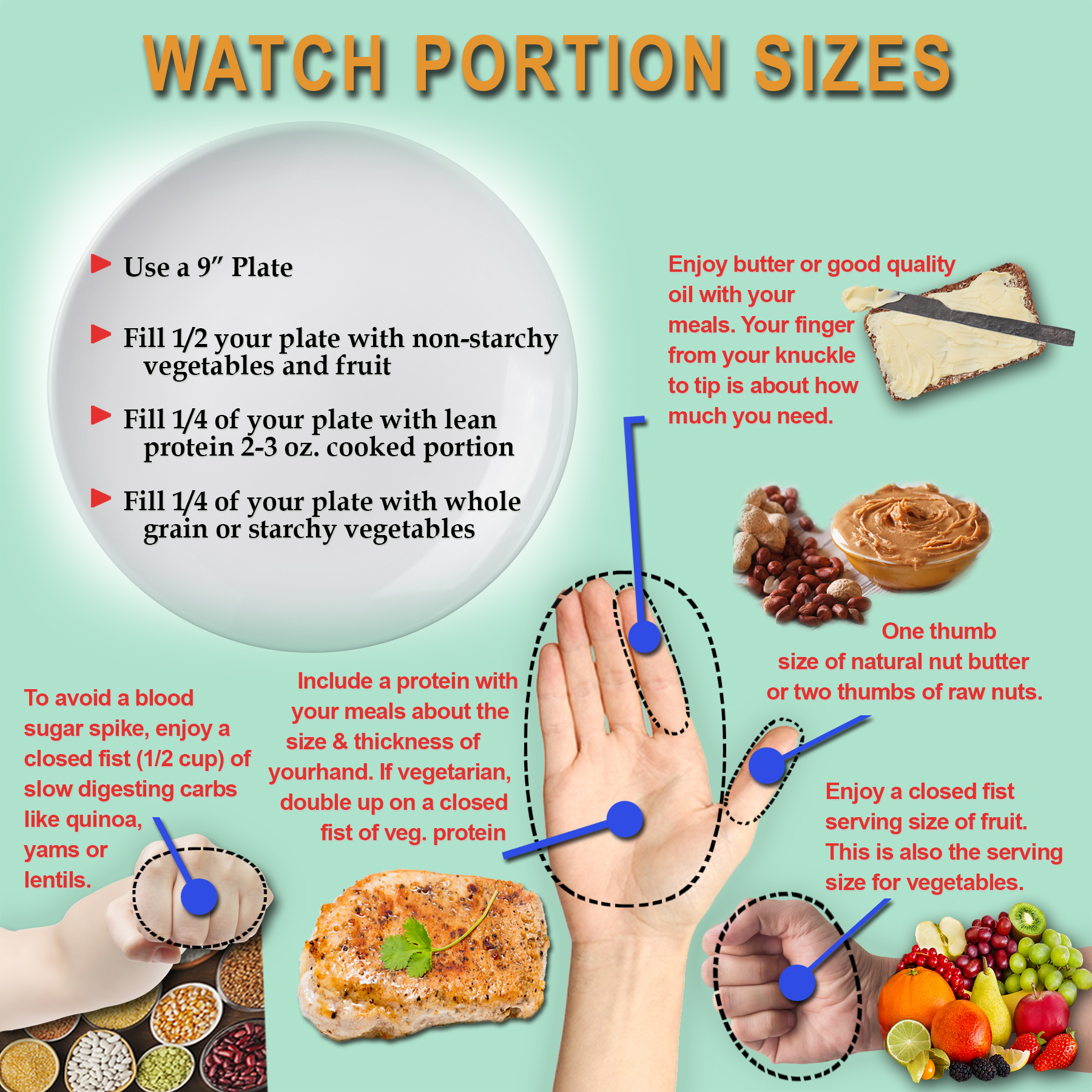

Comments
Post a Comment